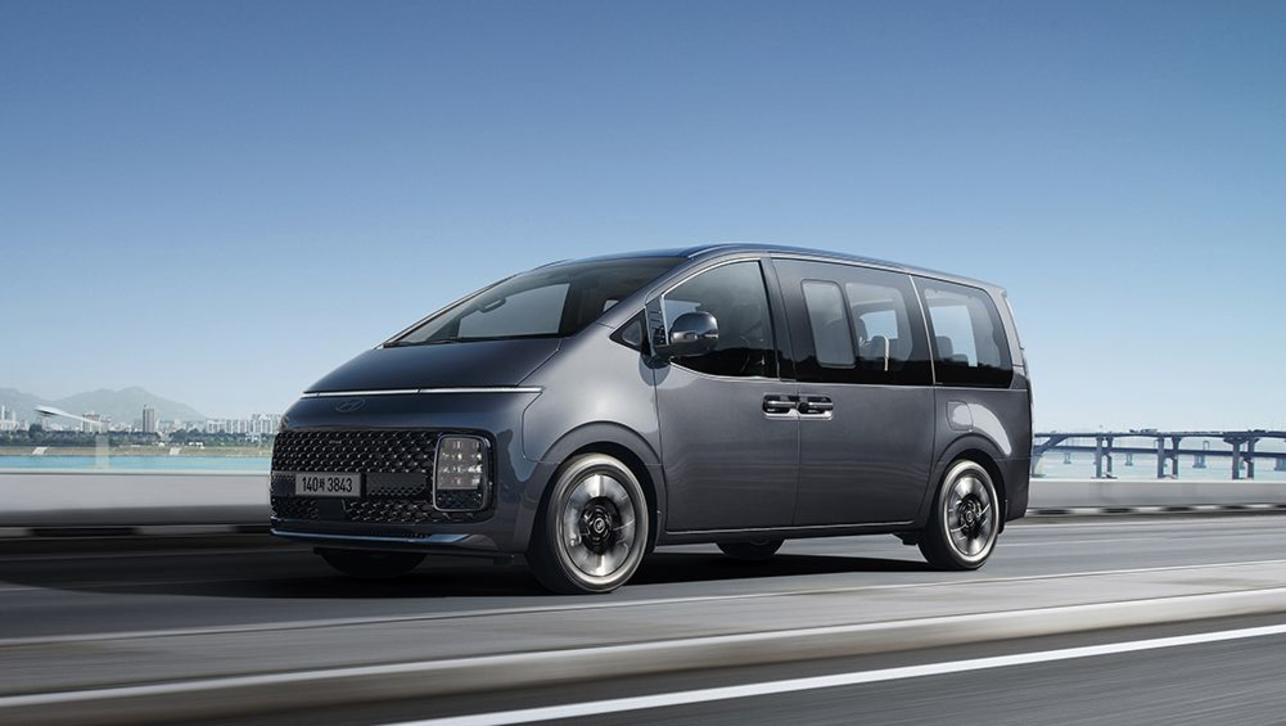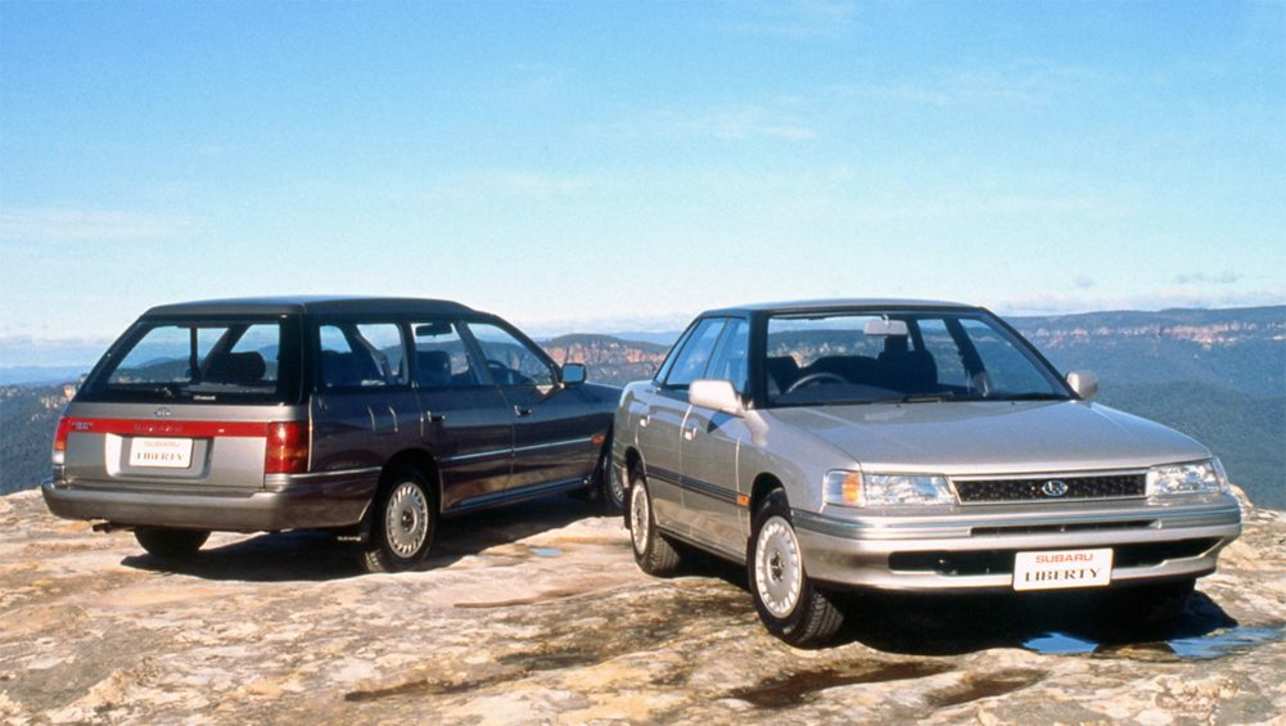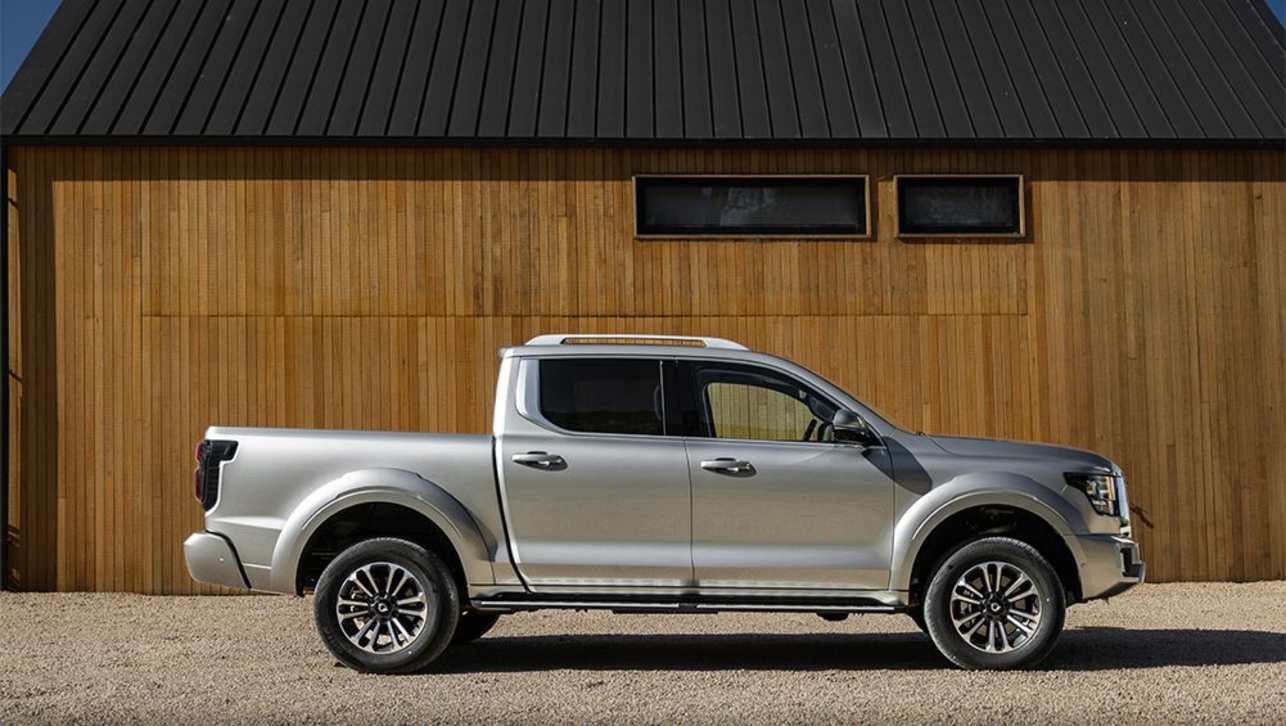Hyundai has revealed an electric cab-chassis van platform for the domestic Korean market, dubbed the ST1.
The ST1 will reportedly be offered in three configurations, a cargo van, refrigerated van, and a blank-slate chassis form for the fitment of a custom rear in the same vein as many existing diesel van platforms.
The ST1 wears the same van face as the existing Staria Load commercial vehicle, which is currently only available with a 2.2-litre diesel powertrain in Australia. The ST1 swaps out the colour-matching bumper of the Staria Load for a more rugged plastic bumper design, with the charging port located at the front in a similar fashion to the Kona Electric.
Further details, like the battery size and range, power figures, charging capability and load capacity have not yet been revealed, but expect to learn more about the ST1 closer to its launch later this year.
In a statement sent to CarsGuide, Hyundai Australia said: “The ST1 has been developed for the Korean domestic market, and details on its roll-out to other regions is still to be confirmed.
“As with all future models, we will review the business case and viability for Australia.”
“Last year we launched the Mighty Electric Truck locally, thus we are very much focused on expanding our commercial EV range, but nothing is confirmed at this time.”
.jpg)
The Mighty electric is also available as a cab-chassis design, and retails from $150,000 before on-roads. It has up to 200km of range from its 114.5kWh battery when fully laden and is a 4x2 driving the rear wheels via a 120kW/320Nm electric motor.
The ST1 is not the only Staria spin-off in the works either, with the people mover variant also scoring a hybrid variant overseas. It swaps the 3.5-litre V6 (200kW/331Nm) or 2.2-litre diesel (130kW/430Nm) in favour of a 1.6-litre four-cylinder turbo-petrol hybrid system capable of producing a combined peak of 183kW/367Nm, trimming fuel consumption to 7.7L/100km from the V6’s 10.5L/100km or the diesel’s 8.2L/100km.
.jpg)
As though that wasn’t enough Staria though, Hyundai also confirmed in 2021 that a hydrogen fuel-cell (FCEV) version of the current Staria was in the works - something that the Australian division said at the time that it was very interested in as it doubles down on its commitment to a commercial-led hydrogen vehicle push.

Hyundai’s sister company, Kia, will also expand its commercial offering with its range of ‘Platform Beyond Vehicles’ it revealed in January this year. The so-called PBVs are a range of vans, people movers, and cab chassis concepts which are said to be fully modular - allowing the brand to completely swap elements to suit a variety of purposes. The first model, the PV5 will be available in several designs, with an international on-sale date slated for 2025.
Hyundai’s commercial electrification ambitions expand beyond its own brand, telling CarsGuide at the Everything Electric Expo this year that it was also interested in the heavy commercial sector, selling everything from rolling chassis or even just hydrogen or electric drivetrains to a variety of local truck and bus builders.




.jpg)







.jpg)


.jpg)

.jpg)
.jpg)

.jpg)

.jpg)
.jpg)
.jpg)



.jpg)
Comments